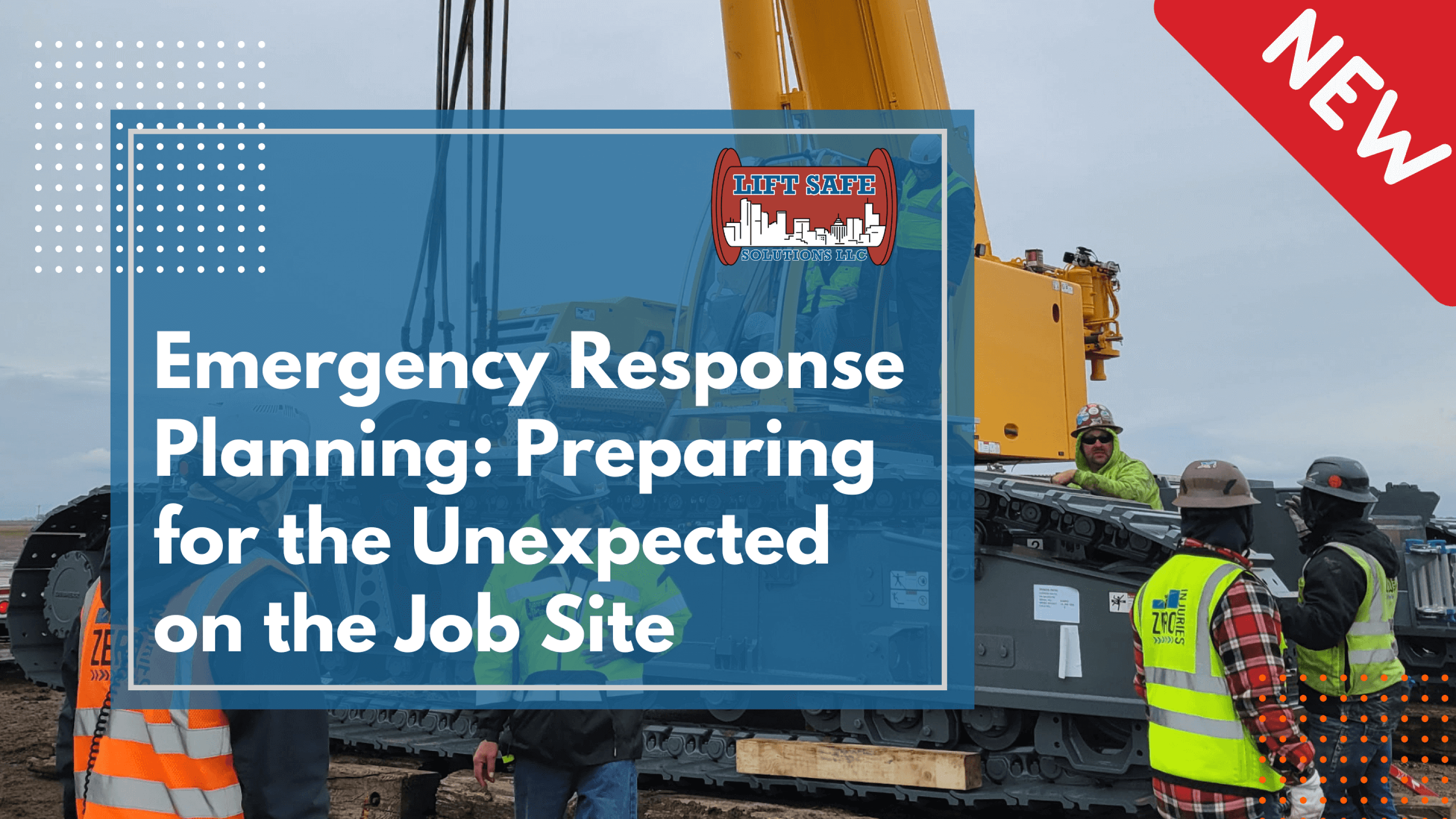On a construction site, no matter how well-planned the project is, the unexpected can and does happen. From severe weather events and fires to falls and crane incidents, emergency response planning is a critical component of a safe and prepared worksite.
Failing to have a clear plan in place can result in chaos, injury, and regulatory penalties when an emergency strikes. Here’s how to create a reliable, effective emergency response plan—and why it’s essential for protecting your team and your business.
What is Emergency Response Planning?
Emergency response planning is the process of preparing for and managing unexpected incidents that pose a threat to personnel, equipment, or the job site. A good plan includes clear procedures, training, resources, and communication protocols.
Key elements include:
- Evacuation routes and assembly points
- Site-specific hazards and responses
- Emergency contact lists and chain of command
- Equipment for fire suppression, first aid, and rescue
- Coordination with local emergency services
Why It Matters
1. Saves Lives and Reduces Injuries
A well-executed emergency response can mean the difference between life and death. Quick access to first aid, a clear evacuation process, and knowing who to contact prevents confusion and saves precious time.
2. Minimizes Project Delays and Financial Loss
An uncontrolled emergency can halt operations for days or even weeks. By having a plan in place, teams can act swiftly to mitigate damage and resume operations sooner.
3. Ensures OSHA Compliance
Federal and state safety regulations often require written emergency procedures. Failing to meet these standards can result in hefty fines and legal consequences.
4. Builds Worker Confidence
Employees are more willing to speak up about hazards or emergencies when they know leadership takes safety seriously. A strong emergency plan reassures teams that they’re protected.
Building a Site-Specific Plan
Every job site is different. Your emergency response plan should reflect:
- The type of work being done
- Crane and equipment locations
- Nearby hazards (e.g., power lines, water sources)
- Environmental risks (e.g., high winds, earthquakes)
- Workforce size and layout
Conduct regular emergency drills and review your plan with all team members. Update it as your site conditions or team changes.
Emergencies aren’t always preventable—but panic and confusion are. The right response plan turns a crisis into a controlled event. At Lift Safe Solutions, we help construction companies build tailored, actionable emergency plans that keep crews safe and operations compliant.
